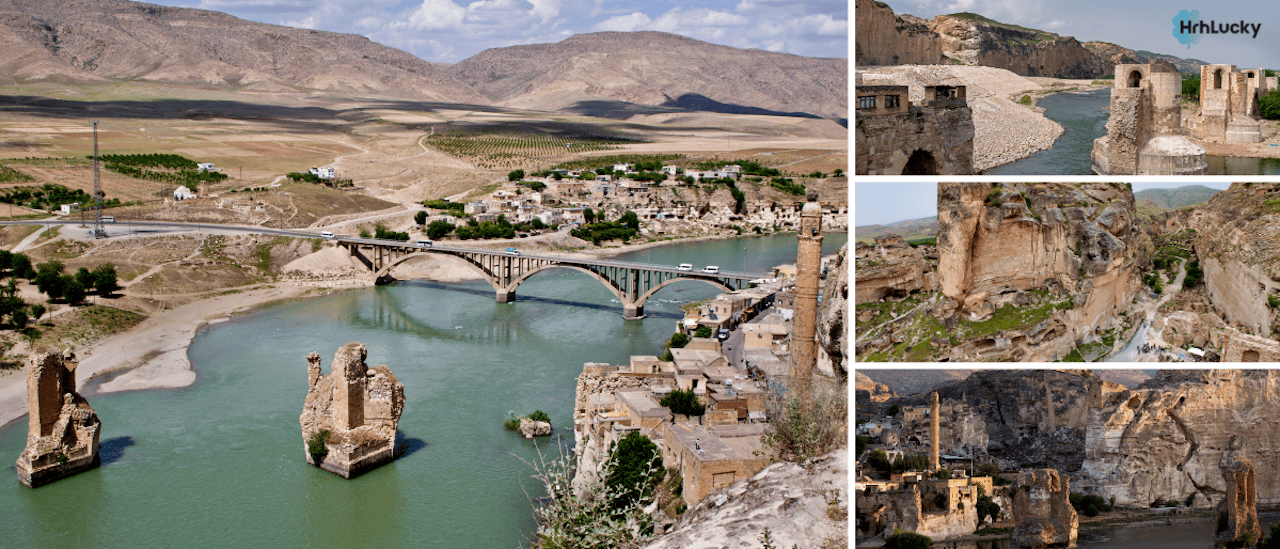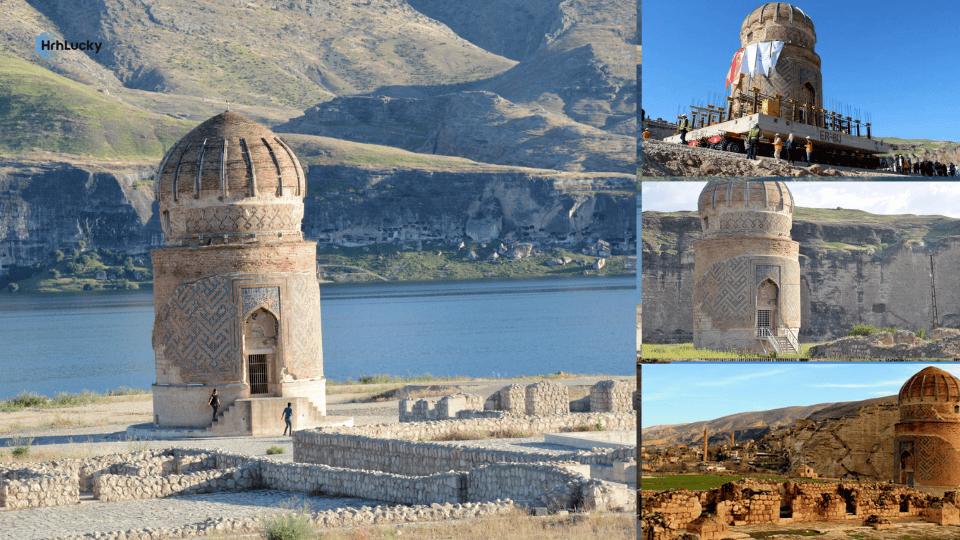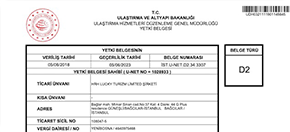1. What is Hasankeyf?
Hasankeyf is a historical district in southeastern Turkey, situated between Midyat and Batman along the banks of the Tigris River. Established on an ancient settlement dating back to around 10,000 BC, Hasankeyf was once a major city during the Middle Ages. It became a district center under Ottoman rule in 1524 and has been recognized as a natural conservation area since 1981. However, the site faces the threat of submersion due to the construction of the Ilısu Dam.
2. How can I reach Hasankeyf?
Hasankeyf is accessible by various modes of transportation. The closest international airport is Diyarbakir Airport, about 90 kilometers away. From there, visitors can take a taxi or arrange private transfers to Hasankeyf. Alternatively, Batman Airport is closer at 30 kilometers away, with similar transport options available. For those traveling by land, Hasankeyf is connected by roads with bus and dolmuş (shared taxi) services available from nearby cities like Batman and Diyarbakir.
3. Why is Hasankeyf considered important?
Hasankeyf is significant due to its rich historical heritage and its strategic location along the Tigris River. It houses numerous ancient ruins, including a densely populated residential area and a fortified castle. The city's extensive history as a center of various civilizations, including the Ottoman Empire, adds to its cultural importance. Additionally, it is a site of natural beauty, offering picturesque views along the Tigris River.
4. What are the main attractions in Hasankeyf?
Visitors to Hasankeyf can explore a variety of ancient ruins and architectural wonders. These include the remains of the fortified castle, residential structures that date back to medieval times, and other relics from its long history as a significant urban center. The natural setting along the river also provides a scenic backdrop, enhancing the experience of historical exploration.
5. What is the current situation of Hasankeyf with regards to the Ilısu Dam?
As of recent reports, Hasankeyf faces imminent submersion due to the planned construction of the Ilısu Dam, which poses a significant threat to its entire cultural heritage. Efforts have been made to relocate some of the historical artifacts to the Hasankeyf Archaeological Park to preserve them. Visitors are encouraged to visit soon to experience the cultural treasures of Hasankeyf before they potentially disappear beneath the waters of the new reservoir.
6. What can you see in Hasankeyf Museum?
Hasankeyf Museum showcases a rich collection of artifacts unearthed during rescue excavations conducted in the provinces of Batman, Diyarbakır, Siirt, and Mardin as part of the Ilısu Dam and Hydroelectric Power Plant Project. The museum also displays items acquired through purchases and donations to the museums of Batman, Mardin, and Diyarbakır.
Exhibit Highlights Include:
Prehistoric Era: Tools made from obsidian and flint found during surface explorations in the Tigris Valley and Raman Mountain.
Neolithic Period: Stone and bone artifacts from various sites including Körtiktepe Höyük, Demirköy Höyük, Hakemi Use Höyük, Karavelyan Höyük, Grikihaciyan Höyük, Salat Tepe Höyük, Kenan Tepe Höyük in Diyarbakır; Gusir Höyük in Siirt; and Hasankeyf Höyük, Hallan Çemi Höyük, Sumaki Höyük in Batman.
Chalcolithic Period: Fired clay artifacts from Başur Höyük excavations in Siirt.
Early Bronze Age: Fired clay and metal artifacts from Başur Höyük in Siirt.
Middle and Late Bronze Age: Fired clay and metal artifacts from Gre Amer Höyük in Batman; Salat Tepe Höyük, Müslüman Tepe Höyük, Gre Cano Höyük in Diyarbakır.
Middle and Late Assyrian Periods: Fired clay and stone artifacts from sites like Gre Cano Höyük, Kavuşan Höyük, Ziyarettepe Höyük, Üçtepe Höyük in Diyarbakır; and Zeviya Tivilki in Mardin; Kuriki Höyük in Batman.
Early, Middle, and Late Iron Ages: Artifacts including bone, fired clay, and metal from Gre Amer Höyük, Çemi Alo Höyük in Batman; Salat Tepe Höyük, Müslüman Tepe Höyük, Kavuşan Höyük, Ziyarettepe Höyük, Üçtepe Höyük in Diyarbakır.
Persian and Hellenistic Periods: Artifacts including bone, fired clay, and glass from Gre Amer Höyük, Çemi Alo Höyük, Kuriki Höyük in Batman; Kavuşan Höyük, Müslüman Tepe Höyük in Diyarbakır.
Roman Period: Fired clay artifacts from various sites including Benuva Şengi, Ilısu Höyük, Zuraki Zeri Höyük in Mardin; Çattepe Höyük in Siirt; Salat Tepe Höyük in Diyarbakır; Sumaki Höyük, Kuriki Höyük in Batman.
Additionally, the museum features items from the Konakpınar rescue excavation in Kurtalan, Siirt, led by the Batman Museum Directorate, which include glass, metal, and fired clay artifacts.
The Hasankeyf Museum not only preserves these significant historical artifacts but also provides visitors with an extensive overview of the area's archaeological heritage, spanning various epochs and cultures that have influenced the region throughout history.






